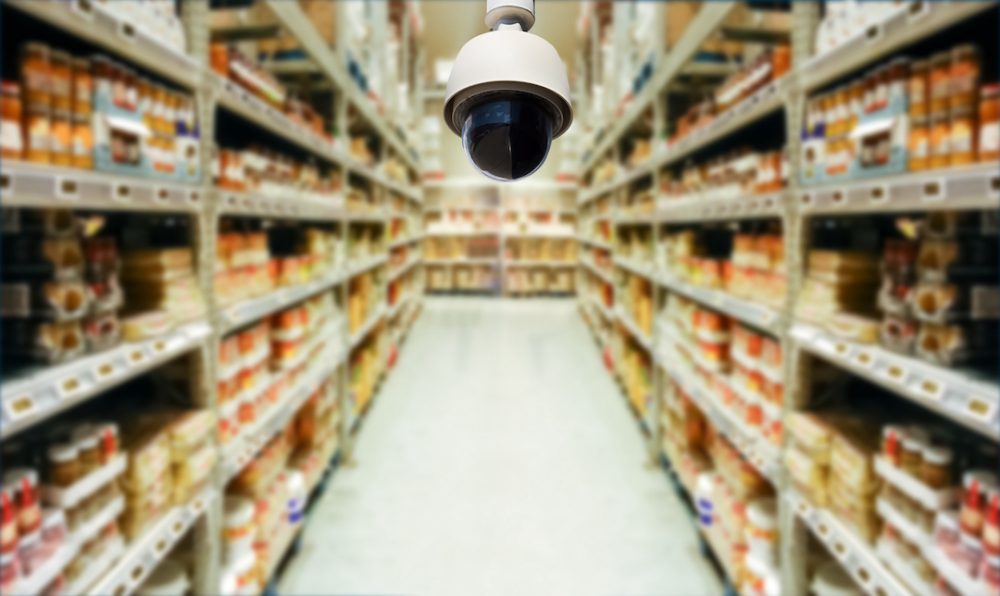Sales of security and closed circuit television (CCTV) cameras are contributing to the rise of the global electronic products market. A recent report by Research and Markets indicated that the global electronics market has grown to a whopping $1275.34 billion in 2023, up from $1186.56 billion in 2022. This is a compound annual growth rate (CAGR) of 7.5 percent. Research and Markets projects that by 2027, the global electronic products market will value $1657.45 billion by 2027 at a CAGR of 6.8%.
Though it encompasses a wide variety of electronic products, which Research and Markets defines as “products that have an electronic circuit that during operation can generate or emit a physical field of radiation in devices,” the report highlights that security cameras are contributing to increased market sales. Research and Markets estimates that “with rising incidents of crime and theft, companies in the video manufacturing industry are manufacturing closed circuit television cameras with motion detection technology” to monitor and report evidence of illegality and prevent it.
Security cameras are popular among consumers, but they are not the only ones adding to the market’s value. Retailers increasingly adopt security measures to curtail organized retail crime (ORC).
What is Organized Retail Crime?
ORC has been an issue for retailers of all industries for decades, encompassing way more than just shoplifting. The National Retail Federation (NRF), the world’s largest retail trade organization, released a report in April 2023 on the state of ORC, defining it as “ the systematic large-scale theft of retail goods from manufacturers, logistics and transportation providers, distributors, or retailers and the subsequent resale of stolen goods for financial gain to wholesalers, retailers, or individual consumers, typically for a fraction of the retail cost.”
ORC is conducted on a macro scale, usually by a group of actors that utilize tactics such as shoplifting, robbery, burglary, theft, and complicit actors as infiltrators to obtain merchandise for fraudulent purposes illegally. The NRF’s report outlines three key features that distinguish ORC from other types of theft:
- Resales: Perpetrators of ORC will resell stolen goods for profit rather than steal items for personal use or out of need. Often, stolen items appear on peer-to-peer (P2P) e-commerce platforms like Craigslist and Facebook Marketplace.
- A division of labor: Groups that carry out ORC are operations with a division of labor and specialization, such as “inventory management, marketing, sales fulfillment, payment processing, and money laundering.” ORC groups can be vast criminal enterprises or “informal groups of a few individuals,” sometimes connected with other criminal activities. When it comes to deciphering if an act is ORC or not, the emphasis is on ‘organized.’
- Planned out: ORC involves carefully designed operations that feature “deliberate targeting” and “high-level coordination among perpetrators.” Those who commit ORC will never do so spontaneously or impulsively.
The Economic Cost

The NRF conducted a retail security survey in 2022 that indicated ORC is an almost $100 billion problem. In the same survey, the NRF found that retailers in fiscal year 2021 indicated that 37 percent of their inventory shrink was due to external theft. Furthermore, ORC is on the rise: 52.9 percent of retailers reported an increase in ORC. According to the NRF’s April 2023 report, “electronic goods were the most frequently targeted items among ORC perpetrators that conducted cargo theft.”
Outside of inventory shrinkage, ORC also negatively affects retailers by depriving them of sales. Measures to inhibit ORC include encasing commonly stolen items on shelves behind a clear barrier. When customers need an item that is locked up, they need to alert a salesperson to retrieve it. But waiting for a salesperson to come can be a deterrent for sales. These enclosures dissuade some customers from purchasing an item at a retailer “because of the inconvenience and delay these measures introduce to the shopping experience.” Joe Budano, CEO of Indyme, a San Diego-based company whose security devices are used by big retailers, estimates that these measures result in a 15 to 25 percent reduction in sales, according to Forbes.
What Is to Be Done?
ORC has to be targeted at the national level via policy reform, according to the NRF. Retailers can only do so much to prevent ORC on the micro level via electronic locks, physical barriers, and security cameras with motion detection technology.
The NRF has been instrumental in the passage of the Integrity, Notification, and Fairness in Online Retail Marketplaces for Consumers Act, also known as the INFORM Act. Becoming effective June 27, 2023, the act stipulates that online marketplaces with high-volume third-party sellers of “new or unused consumer products must collect, verify, and disclose certain information about those sellers.” Failure to do so is considered a violation and “could result in civil penalties of $50,120 per violation for online marketplaces,” according to the Federal Trade Commission (FTC).















